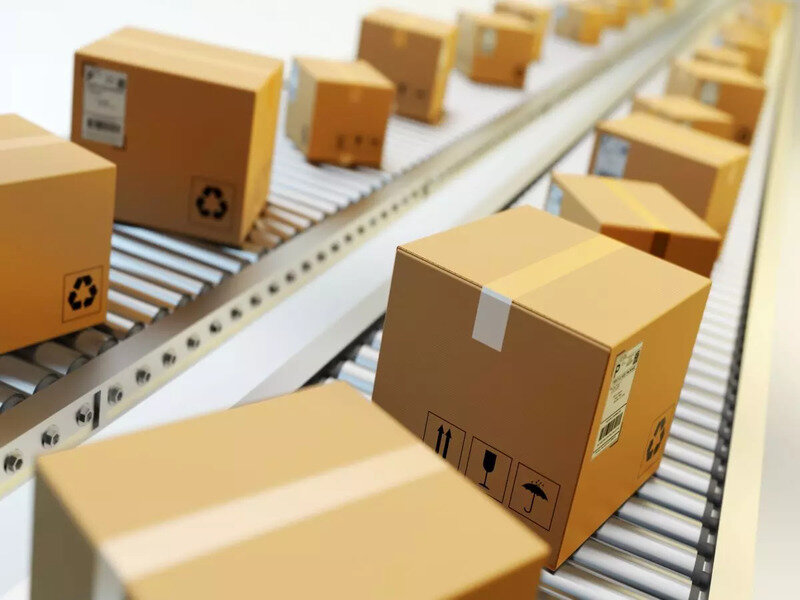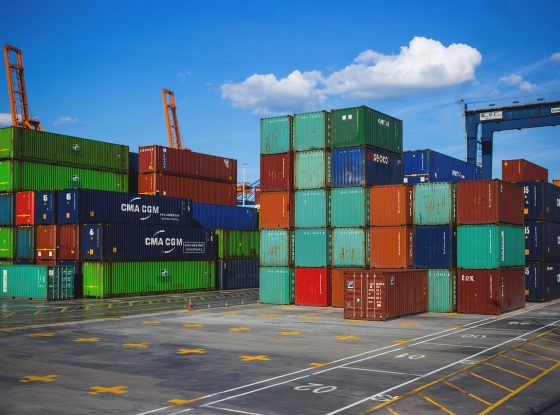Top 5 trends in supply chain management to look out for in 2022

With the rapid surge of the Omicron variant, globally, businesses are once again witnessing disruptions in the supply chain. Fresh concerns have emerged after China imposed a lockdown on four of its largest port cities. The closure of ports and labour shortage will affect outbound shipments and freight rates, triggering fears of supply crunch.
However, as the new variant appears to be less severe, it has led to people being hopeful. The financial market reflects this optimism. The logistics sector in India is optimistic as well as it aims to implement the learnings from the lockdown year of 2020 and build on developing resilience. With manufacturing activities gaining strength in the latter half of 2021 and a flourishing e-commerce industry (growing at a Year on Year rate of 5 per cent with an approximate revenue of $56.6 billion in FY2021), much of these sectors’ success depends on the smooth functioning of supply chains.
As we complete a month and half into the new year, here are a few trends that could build a more resilient and optimised supply chain going forward in 2022.
1. Increased use of technology and digitisation:
Cloud technology has received a tremendous boost during the pandemic, and it is estimated that the industry will be worth $1250 billion by 2028. Increased digitisation enables an end-to-end overview of the supply chain, which apart from building transparency, helps in forecasting disruptions. This enables stakeholders with quicker decision-making based on real-time insights. To give an example from the shipping industry—which still mostly works offline—disruptions cost three out of every 10 containers to miss their scheduled sailing, thereby affecting their scheduling reliability. However, new age tech is gradually expected to transform the industry. Smart shipping, as it’s known, will use Internet of Things (IoT), Artificial Intelligence (AI), data analytics, etc. This will provide improved visibility, real-time status updates and smart container tracking—all of which will allow actionable information.
2. Increase in tech-enabled procurement:
With Covid-related travel restrictions imposed again, travelling to the source as a standard procurement process is halted, thereby increasing reliance on tech-enabled sourcing. Remote sourcing is expected to become more dominant with technologies, such as Augmented or Virtual Reality, AI and Blockchain.
3. The growing share of small-sized retailers:
Smaller-sized retailers will exert more control over the global retail sector due to the shift in power of the global retail industry in favour of third-party e-commerce platforms. SME retailers will emerge as a dominant sector and this will lead to global sourcing shifting from traditional, in-house sourcing experts to independent or freelance sourcing experts, who will work with multiple buyers for shared procurement resources.
4. Drone deliveries:
India’s Drone Rules 2021, will pave the way for faster deliveries, smoother logistics and substantial reduction in carbon emission. Drones facilitate last-mile deliveries and are becoming a trend in congested, urban areas. The first made-in-India heavy-lift drone, HL-150, could redefine the logistics space as it is estimated to transport 150 kilograms of cargo over a distance of 150 kilometres. Thus, a package, which currently takes up to 72 hours to deliver, will be delivered between 8 to 12 hours. Given this context, the global drone logistics and transportation market is estimated to be valued at $11.20 billion in 2022, with the Asia Pacific region being the largest market as India and China continue to register high growth.
5. Climate-smart supply chain planning:
Ninety per cent of millennials are estimated to pay more for products that have been produced in a sustainable manner. Thus, in an effort to be more environmentally responsible, companies will be increasingly adopting decarbonisation strategies and pushing for greener business solutions. Greener transportation methods are rising, with the global electric truck market projected to reach $1,893.1 million by 2027. Electric two-wheelers, three-wheelers and light commercial vehicles are becoming popular as companies replace their existing fleet with greener vehicles. From building smarter warehouses with energy-efficient systems to creating greener cold supply chains and solar-powered, temperature-controlled units, the logistics and supply chain sector will integrate smart and planet-friendly systems in their operations.
Businesses are no more greenhorns in managing their manufacturing and supply chain during the pandemic. With a revival in consumer demand, a burgeoning e-commerce, an optimistic market, better road infrastructure and a reduction in transport time—the logistics sector in India is expected to grow at a compound annual growth rate (CAGR) of 10 per cent to $215 billion by 2022. The above trends will play a critical role in building a more resilient logistics infrastructure, proactively address supply chain challenges and meet new customer demands.
Neeraj Bansal, Partner – Risk Advisory and COO – India Global, KPMG in India.
Source : economictimes.indiatimes.com



